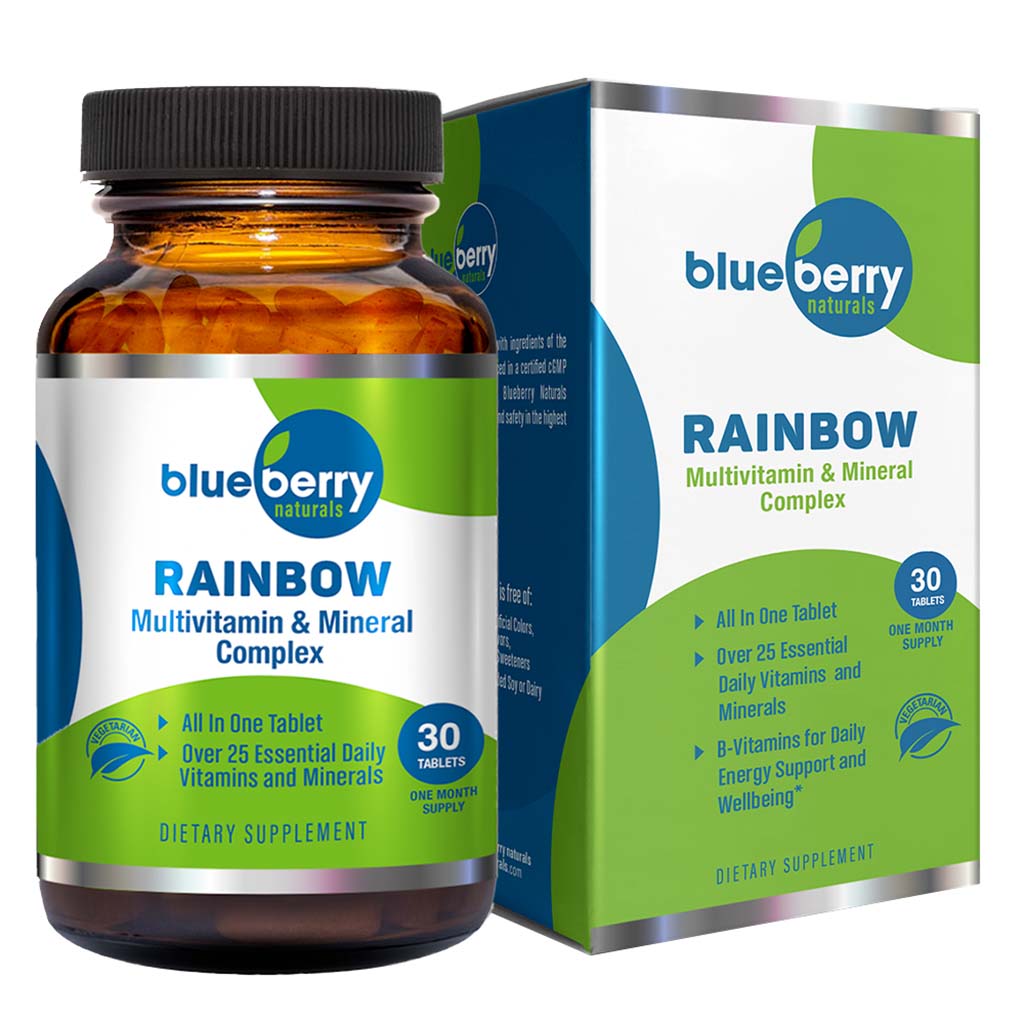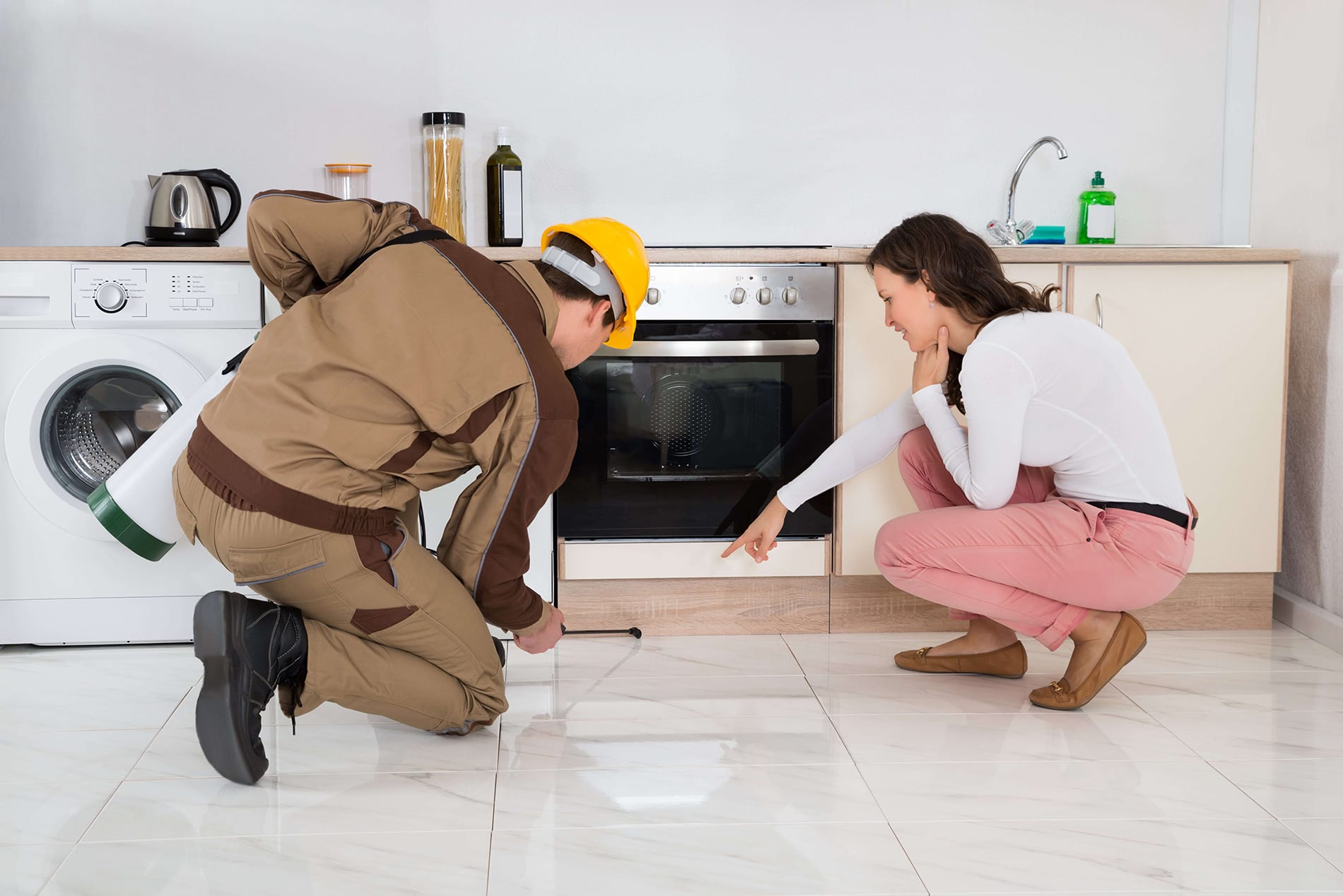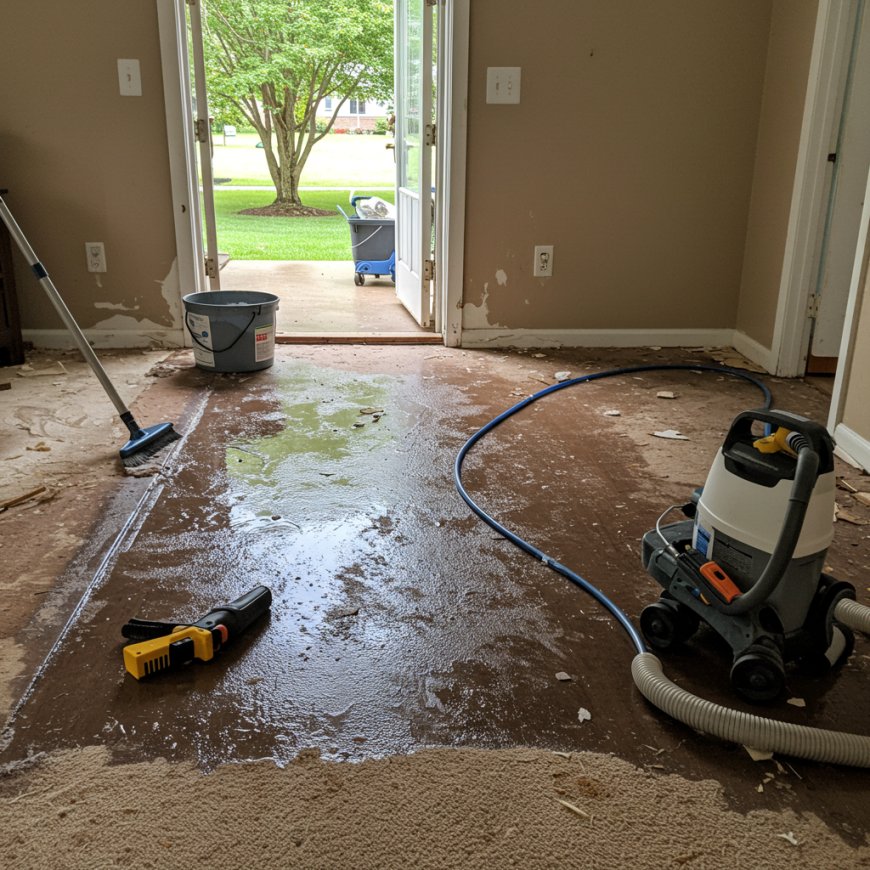10 Immediate Steps to Take After Water Damage: A Homeowner’s Survival Guide
Discover the 10 crucial steps to take immediately after water damage strikes your home. Learn how to minimize destruction, prevent mold, and navigate insurance claims in this homeowner’s survival guide.
Water damage can strike unexpectedly, whether from a burst pipe, severe weather, or appliance leaks. Acting quickly is critical to minimize destruction, prevent mold growth, and avoid costly repairs. In this water damage restoration survival guide, we’ll walk you through the 10 essential steps every homeowner should take immediately after disaster strikes.
1. Prioritize Safety First
Before tackling water damage, ensure your family’s safety:
-
Turn off electricity at the breaker to avoid electrocution.
-
Avoid contact with standing water if it’s near outlets or appliances.
-
Wear protective gear (gloves, boots, masks) if water is contaminated (e.g., sewage backups).
Why it matters: Blackwater (contaminated) poses serious health risks, while greywater (from appliances) may contain irritants.
2. Stop the Water Source (If Possible)
Identify and halt the cause of flooding:
-
Shut off the main water valve for burst pipes.
-
Patch roof leaks temporarily with tarps or sealant.
-
Move appliances away from flooded areas.
Pro Tip: Know your home’s water valve location beforehand to act fast in emergencies.
3. Document the Damage for Insurance
Take photos or videos of:
-
Standing water levels.
-
Damaged belongings (furniture, electronics, flooring).
-
Structural issues (warped walls, sagging ceilings).
Keep receipts for repairs and temporary lodging (if applicable).
Keyword Tip: Insurance companies require thorough documentation for water damage restoration claims.
4. Remove Standing Water ASAP
Use pumps, wet/dry vacuums, or buckets to extract water. For severe flooding:
-
Rent industrial-grade equipment.
-
Hire a water damage restoration company for rapid extraction.
Act Fast: The longer water sits, the higher the risk of mold and structural decay.
5. Dry and Dehumidify the Area
-
Open windows and doors for ventilation (if outdoor humidity is low).
-
Use fans and dehumidifiers to accelerate drying.
-
Pull up carpets, remove wet padding, and lift furniture off floors.
Warning: Mold can grow within 24–48 hours, so drying is non-negotiable.
6. Salvage Valuables and Belongings
-
Move undamaged items to a dry space.
-
Hang textiles (curtains, clothing) to air-dry.
-
Freeze waterlogged photos/documents to prevent further damage.
Restoration Hack: Professionals can often salvage heirlooms using specialized techniques.
7. Clean and Disinfect Affected Surfaces
After drying, scrub walls and floors with:
-
Hot water and mild detergent.
-
A bleach solution (1 cup bleach per 1 gallon water) for disinfecting.
Note: Discard porous materials like carpet or insulation that can’t be fully sanitized.
8. Inspect for Hidden Moisture and Mold
Check hidden spaces like:
-
Behind walls.
-
Under floorboards.
-
Inside HVAC systems.
Use moisture meters or thermal cameras to detect trapped water.
Red Flag: Musty odors or discolored walls signal hidden mold growth.
9. Call a Professional Water Damage Restoration Company
For major flooding or contaminated water, hire certified experts to:
-
Perform advanced drying and sanitization.
-
Prevent mold with antimicrobial treatments.
-
Repair structural damage safely.
Keyword Integration: Certified water damage restoration pros have the tools and training to restore your home efficiently.
10. Contact Your Insurance Provider
-
File a claim promptly and submit your documentation.
-
Ask about coverage for water damage restoration services.
-
Keep records of all communication.
Tip: Avoid permanent repairs until an adjuster assesses the damage.
Preventing Future Water Damage
-
Install water leak detectors.
-
Inspect plumbing and roofing annually.
-
Grade your yard away from the foundation.
Final Thoughts
Water damage can feel overwhelming, but acting swiftly with these 10 steps can save your home from irreversible harm. While DIY efforts work for minor issues, never hesitate to call a licensed water damage restoration company for severe flooding or contamination. Your quick response today could prevent a disaster tomorrow.
FAQ Section
-
How soon should I start water damage restoration?
Begin within 24 hours to prevent mold. -
Does homeowners insurance cover all water damage?
It depends on the cause (e.g., sudden leaks vs. neglect).
Can I stay in my home during restoration?
Professionals will advise based on safety risks































































































![Coaching and Discovery in Product. What High-Performing Teams Are Doing Differently [TPG Live Recap]](https://tpgblog.com/wp-content/uploads/2025/05/2025-05-08-thumbnail-action.png?#)








![Building A Digital PR Strategy: 10 Essential Steps for Beginners [With Examples]](https://buzzsumo.com/wp-content/uploads/2023/09/Building-A-Digital-PR-Strategy-10-Essential-Steps-for-Beginners-With-Examples-bblog-masthead.jpg)

















































